Scanning with CaptureOnTouch Lite - Windows
CaptureOnTouch Lite is a scanning application that comes pre-installed in the scanner. It can be used on a computer that does not have the scanner driver installed.
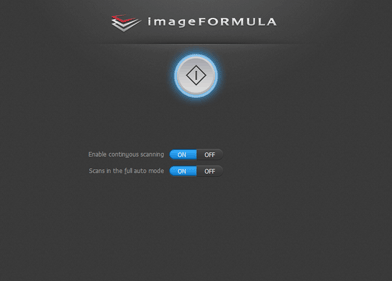
You can follow the instructions on the screen to scan a document and save the scanned images in any file format.
Scanning Procedure
Set the Auto Start switch at the rear panel of the scanner to ON and then connect the scanner to the computer.
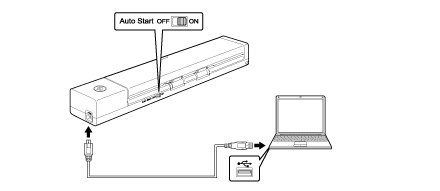
Open the feed tray, the scanner turns ON, and then load the document.
When you open the feed tray, the Start button on the scanner lights and the auto play screen appears.

If you are using Windows XP and you set the Auto Start switch to ON before connecting the scanner to the computer, a message requesting that you restart your computer may appear when you turn ON the scanner. You can continue normal use even if you click [No] and do not restart the computer.
(1) Click [Open folder to view files].
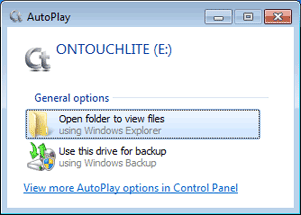
The [ONTOUCHLITE] folder opens.

(2) Double-click [ONTOUCHL.exe].
CaptureOnTouch Lite starts, and the main screen appears.

Do not close the feed tray before the main screen of CaptureOnTouch Lite appears.

- The auto play screen may not appear in some operating environments. In such cases, open the [ONTOUCHLITE] drive in Windows Explorer, for example, and start the application directly by double-clicking ONTOUCHL.exe.
Depending on your operating system, the drive name may not be [ONTOUCHLITE]. Open the drive on which ONTOUCHL.exe is located, and start the application directly.
- Depending on your operating system, [CaptureOnTouch Lite] may appear in the auto play screen. In such cases, double-click [CaptureOnTouch Lite] to start CaptureOnTouch Lite.
Set the scanning method.
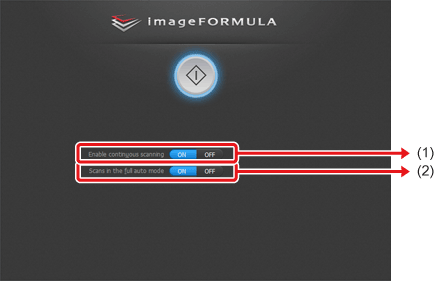
(1) Specify whether to enable continuous scanning. When previewing the scanned image or splitting up a large document to scan in parts, select [ON] to enable continuous scanning.
(2) Specify whether to scan the document in full auto mode. When you want to specify arbitrary scanning conditions, select [OFF] and configure the scanner settings.

If you configure scanning conditions that consume a large amount of the computer's memory, scanning may stop because of insufficient memory. If an error message appears due to insufficient memory while scanning is in progress, stop scanning, change the scanning conditions, and then try scanning again.
Click the Start button.
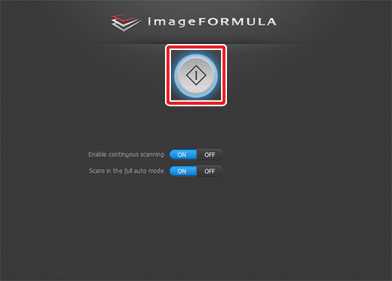
Scanning of the document starts.
When scanning of the whole document is completed, the output settings screen appears.

If a document is scanned when [Enable continuous scanning] is set to [ON], the continuous scanning screen appears when scanning of the document is finished.
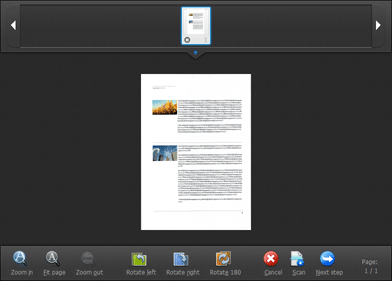
If you place the next document and click [Scan], scanning of the document starts.
When scanning of all the documents is finished, click [Next Step].